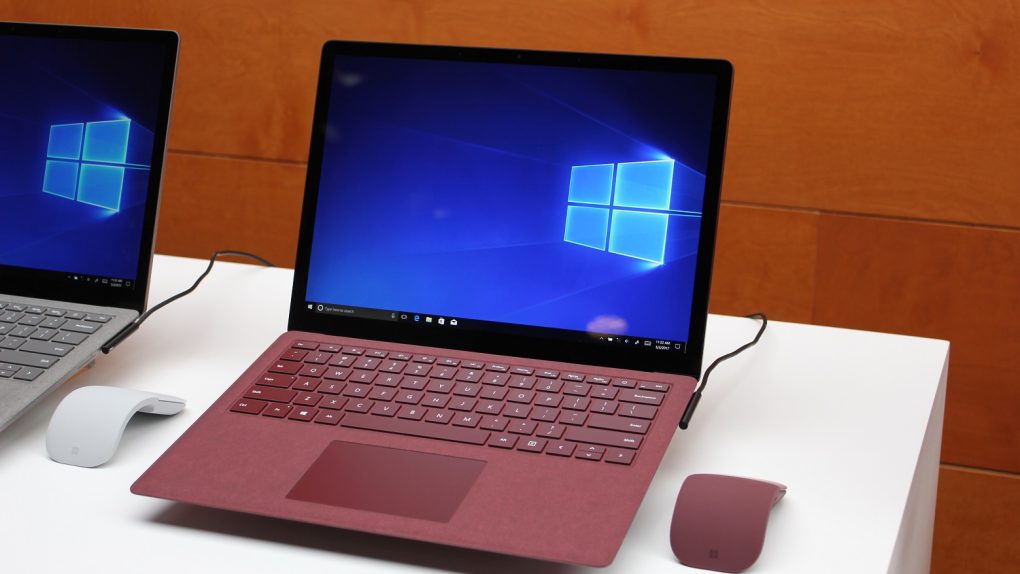On Tuesday morning in New York City, Microsoft unveiled a streamlined, simplified version of its latest operating system called Windows 10 S. Unlike other editions of the OS, Windows 10 S will only run apps from the Windows Store, making it speedier and more secure than Windows 10 Pro. It’s the company’s long-awaited answer to Chrome OS, but there’s one key difference between the two platforms.
Any Windows 10 S machine can be upgraded to Windows 10 Pro for a one-time $49 fee. Once you upgrade, your computer will operate just like any other Windows 10 computer, capable of downloading and running apps from the internet. Microsoft can no longer guarantee that your computer will have as long a battery life or perform as well as it did on Windows 10 S, but it’s always an option.
Additionally, anyone who picks up a Surface Laptop (which runs Windows 10 S by default) will be able to switch to Windows 10 Pro for free as long as they do it before the end of 2017. They’re already paying $999 for a new laptop, so it makes sense to waive the fee and let them do what they want.
Even with the free upgrade for Surface Laptop owners, the optics for this decision are fairly horrid. Microsoft is trying to compete with Apple’s MacBooks and Google’s Chromebooks all at once and might finally have a laptop that can do so. Why nickel-and-dime consumers who buy Windows 10 S machines and then realize that the OS doesn’t suit their needs? Windows 10 S has potential, but moves like this are bad for the operating system, bad for Microsoft and bad for consumers.








